At a practical level I have never come across such a material at room temperature.
Superconductors have infinitely higher electrical conductivity than thermal conductivity, but are unlikely to help you here. Similarly, there are alloys which have okay electrical conductivity at cryogenic temperature, but much reduced thermal conductivity, but again unlikely to help in this case.
If you need precision, the best bet is to use thermally insulated bus bars of known cross-section and length, with temperature sensors at either end. From the temperature delta, cross-section, length, and knowledge of the materials electrical and thermal conductivity, you can work out the gross and net heatflow (the latter allowing for heat generated due to resistiance in the busbars).
